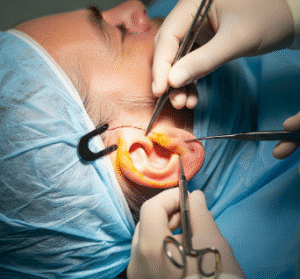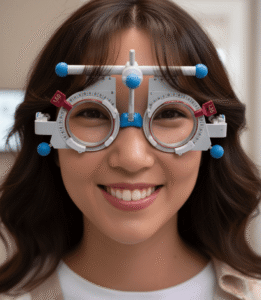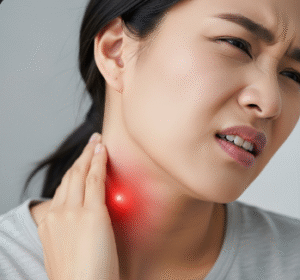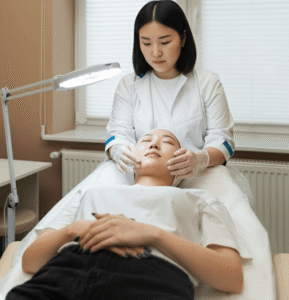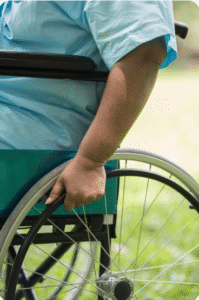Overview
Fibroids, also known as uterine fibroids or leiomyomas, are non-cancerous growths that develop in the uterus. They are made of muscle and fibrous tissue and can vary in size—from very small (pea-sized) nodules to large masses that can distort the uterus. Fibroids are one of the most common gynecological conditions affecting women, especially during their reproductive years.
In Korea, fibroids are frequently diagnosed thanks to the country’s advanced gynecological screening systems. Korean hospitals provide cutting-edge imaging, minimally invasive surgical techniques, and non-surgical options to manage fibroids. Women in Korea have access to a wide range of treatment options, from lifestyle management and medications to laparoscopic myomectomy and robotic surgery.
What are Fibroids?
Fibroids are benign tumors that grow in or around the uterus. They are classified based on their location:
- Intramural fibroids – develop within the uterine wall
- Submucosal fibroids – grow into the uterine cavity
- Subserosal fibroids – project outward from the uterus
- Pedunculated fibroids – attached to the uterus by a stalk
Symptoms
Not all fibroids cause symptoms, but when they do, they may include:
- Heavy or prolonged menstrual bleeding
- Pelvic pain or pressure
- Frequent urination (if fibroids press on the bladder)
- Constipation (if pressing on the rectum)
- Lower back pain
- Pain during intercourse
- Difficulty conceiving or recurrent miscarriages
Causes
The exact cause of fibroids is unknown, but several factors contribute:
- Hormonal imbalance (estrogen and progesterone promote fibroid growth)
- Genetic mutations in uterine muscle tissue
- Growth factors that affect cell development
- Family history of fibroids
Risk Factors
- Women aged 30–50
- Family history of fibroids
- Obesity
- Early onset of menstruation
- High estrogen levels
- African or Asian descent (slightly higher prevalence)
Complications
- Severe anemia from heavy menstrual bleeding
- Infertility or difficulty carrying pregnancy
- Pelvic organ pressure affecting the bladder or rectum
- Rarely, transformation into cancerous leiomyosarcoma (extremely rare)
Prevention & Lifestyle Management
- Maintaining a healthy weight
- Eating a balanced diet rich in fruits, vegetables, and whole grains
- Regular exercise to balance hormones
- Limiting red meat and alcohol intake
- Regular gynecological checkups in Korea
Treatment Options in Korea
Diagnosis
- Pelvic exam by a gynecologist
- Ultrasound scan (transvaginal or abdominal) – widely available in Korean hospitals
- MRI scan for precise fibroid mapping
- Hysteroscopy to view fibroids inside the uterus
- Blood tests for anemia and hormone levels
Medical Treatments
- Hormonal medications (birth control pills, progesterone therapy) to reduce symptoms
- Gonadotropin-releasing hormone (GnRH) agonists to shrink fibroids temporarily
- Non-hormonal treatments (tranexamic acid, NSAIDs) for heavy bleeding
- Iron supplements for anemia management
Surgical & Advanced Treatments in Korea
- Myomectomy (surgical removal of fibroids, uterus preserved)
- Laparoscopic (keyhole surgery)
- Robotic-assisted myomectomy (popular in Korean hospitals)
- Hysterectomy (removal of uterus, definitive treatment) – performed with minimally invasive approaches in Korea
- Uterine Artery Embolization (UAE) – blocks blood supply to fibroids, causing them to shrink
- High-Intensity Focused Ultrasound (HIFU) – non-invasive, advanced treatment available in leading Korean centers
Rehabilitation & Support
- Regular follow-up imaging to monitor fibroid growth
- Fertility counseling for women who wish to conceive
- Pain management strategies
- Diet and lifestyle guidance


